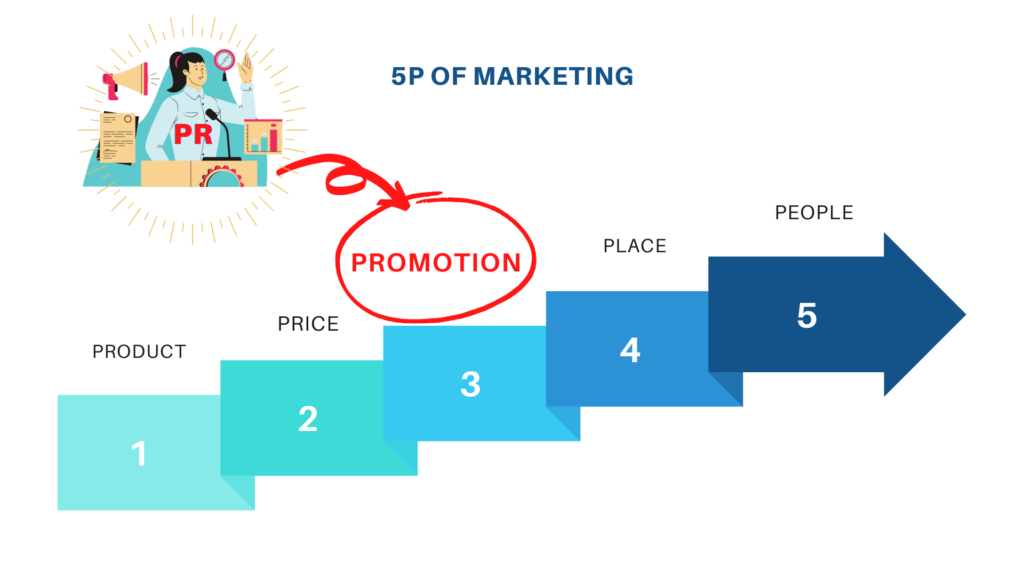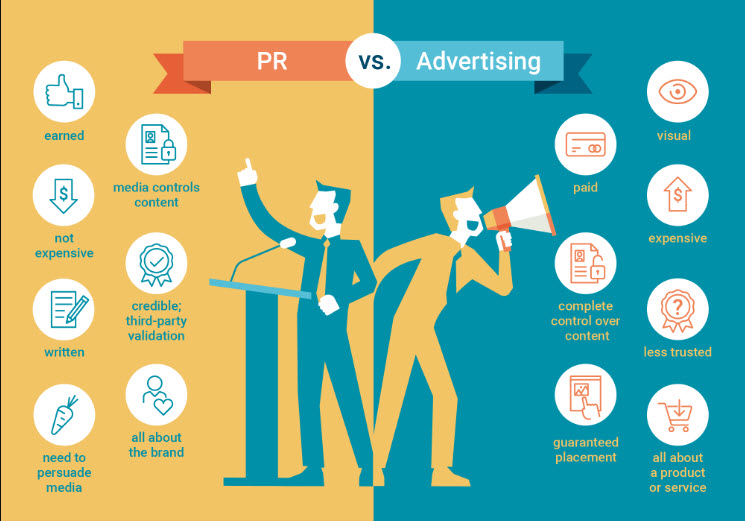In recent years, Public Relations (PR) has become more popular and one of the most attractive options for students who are interested in Marketing in particular and Economic undergraduates in general. However, not everyone understands distinctly about this major, what a PR agency does, and for entrepreneurs who need to understand PR and how it can help their business.
Therefore, here are 3 things you should know before deciding to become a PR agency!
What is Public Relations?
PR is the Persuasion Business. You are trying to convince your external and internal audiences understanding of a company’s strategies, objectives and achievements. And how to convince them? By the way, you promote your idea, purchase your product, support your position, or recognize your accomplishments. Specifically, the Public Relations Society of America (PRSA) agreed with the definition after a few thousand submissions:
Public relations is a strategic communication process that builds mutually beneficial relationships between organizations and their publics
Public Relations Society of America (PRSA)
PR is not advertising. In spite of not buying impressions or guaranteeing placement, the coverage we get in the social media or other places, usually has much more credibility than paid endorsements. PR consist of the following:
- Persuasion
- Information
- Communication
- Third- party validation
- Public opinion
- Public policy
What is the role of a PR agency?
Every business has a story to tell and PR people are storyteller. They will analyze the organisation an find the positive messages and translate those messages into positive stories. When the news is bad, they can formulate the best response and mitigate the damage.
To put that figure in perspective,
“As the owner of a boutique PR agency, I constantly have to explain that we don’t buy advertisements, we don’t order journalists to write stories for our clients, we don’t produce cute radio jingles, and we don’t hand out free samples at the mall. Yes, we try to promote our clients, our products or ourselves. But unlike advertisers, we persuade our external or internal audiences via unpaid or earned methods. Whether it’s the traditional media, social media or speaking engagements, we communicate with our audiences through trusted, not paid, sources.” – Robert Wynne, PR professional in Manhattan Beach, California.
PR agency’s tools include the following:
- Write and distribute press releases
- Speech writing
- Write pitches (less formal than press releases) about a firm and send them directly to journalists
- Create and execute special events designed for public outreach and media relations
- Conduct market research on the firm or the firm’s messaging
- Expansion of business contacts via personal networking or attendance and sponsoring at events
- Writing and blogging for the web (internal or external sites)
- Crisis public relations strategies
- Social media promotions and responses to negative opinions online
PR vs Marketing, sibling not twin!
Let’s first look at the relationship between marketing and public relations.
According to the American Marketing Association, “Marketing is the activity, set of institutions, and processes for creating, communicating, delivering, and exchanging offerings that have value for customers, clients, partners, and society at large.”
Notice how BIG that definition is .Marketing is much broader than public relations. In other word, Marketing involves communicating but is more comprehensive.
To better understand, let’s step back and look at marketing a different way, through the lens of the five Ps. Looking at the five Ps, can you see how much broader marketing is than public relations?

The 5 Ps of marketing is shorthand for a framework to think about everything marketing involves. It started back in the 1960s as the 4 Ps, when marketing professor E. Jerome McCarthy coined the term. Later someone added a fifth P. Everything you do in marketing falls under one of these Ps.
PR has traditionally fit under the P for “promotion.”
Stated differently, it isn’t public relations vs. marketing. Rather, think of it as how to fit public relations in marketing. Your marketing plan should include public relations. But PR should not be your entire marketing plan.
Maybe you’re interested in: The Top Ten Steps Every Professional Should Take To Improve Digital Credibility
5 non-creative industries recruiting art graduates today
PR vs Advertising, we’re not the same
As noted, PR is different from Advertising. Specifically, “The primary difference between public relations and advertising is that advertising is a paid form of media. PR results are an earned form of media,” – Saru Saadeh, Co-founder & CEO of AdRobin in an exclusive interview.
“Advertising is what you pay for, publicity is what you pray for.”
An old saying

In summary, Advertising is paid media, PR is earned media. This means you convince reporters or editors to write a positive story about you or your client, your candidate, brand or issue. It appears in the editorial section of the magazine, newspaper, TV station or website, rather than the “paid media” section where advertising messages appear. So your story has more trustworthiness because it was independently verified by a trusted third party, rather than purchased.
The content was recapitulated at sources: https://www.forbes.com/sites/robertwynne/2016/01/21/five-things-everyone-should-know-about-public-relations/#4cb9abd02a2c
https://www.forbes.com/sites/robertwynne/2013/09/04/public-relations-explained/#2f8e1b331ded
Like this? Then you’ll love THIS






Recent Comments